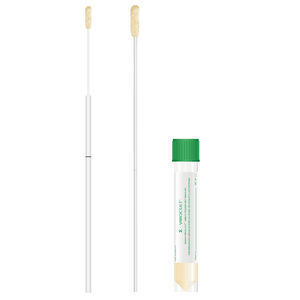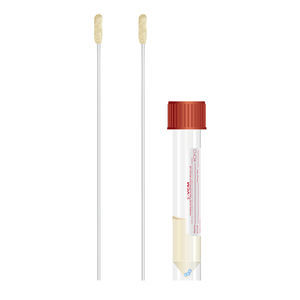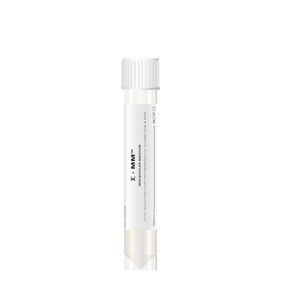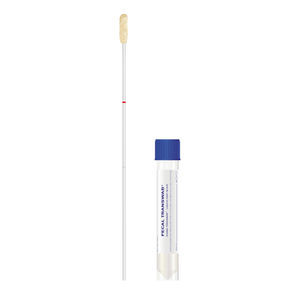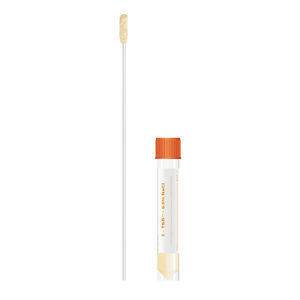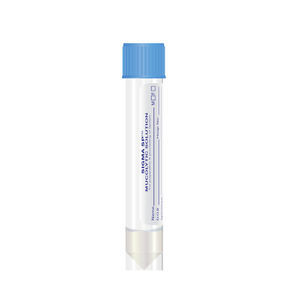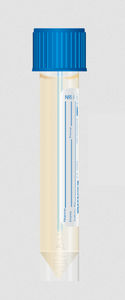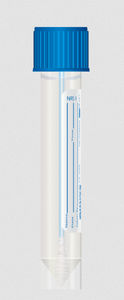
- Medical Consumables
- Incontinence and hygiene consumables
- Bacteria swab
- Medical Wire & Equipment Co
Streptococcus B swab SIGMA GBS™vaginalanalwith transport medium
Add to favorites
Compare this product
Characteristics
- Micro-organism
- Streptococcus B
- Sampling area
- vaginal, anal
- Accessories
- with transport medium
- Length
15 cm
(5.9 in)
Description
320,000 babies develop invasive Strep B infection. 90,000 babies under 3 months die from Strep B infection. (GBSS.org.uk). Group B Strep infection is preventable and should be detected sooner before the baby is born.
∑-GBS™ is an invention from MWE, which is a swab based device. It enables direct collection and rapid processing of specimens screening for Streptocccus agalactiae. It has an enrichment broth, which means after a few hours of incubation, the specimen is ready for direct plating on chromogenic agar for the detection and identification of Streptocccus agalactiae.
The product includes a 2ml vial of Lim broth (for the enrichment of Group B Streptococcus) and a swab which can be snapped into the vial.
Recommended applications
Screening for Streptocccus agalactiae is normally performed in late pregnancy. The swab is used to collect specimen(s) in normal way from vagina and/or rectum.
Features
Lim Broth Medium
Enrichment of specimens ready for direct plating on chromogenic agar
Interfering bacteria inhibited, including E. coli
Liquid format compatible with automated processing platforms
Benefits
Simpler processing and faster turnaround
Convenient Snap ‘n’ Cap format for easy specimen handling
Convenient format for screening for Group B Streptococcus colonisation
Catalogs
No catalogs are available for this product.
See all of Medical Wire & Equipment Co ‘s catalogsOther Medical Wire & Equipment Co products
Liquid Specimen Collection
*Prices are pre-tax. They exclude delivery charges and customs duties and do not include additional charges for installation or activation options. Prices are indicative only and may vary by country, with changes to the cost of raw materials and exchange rates.


